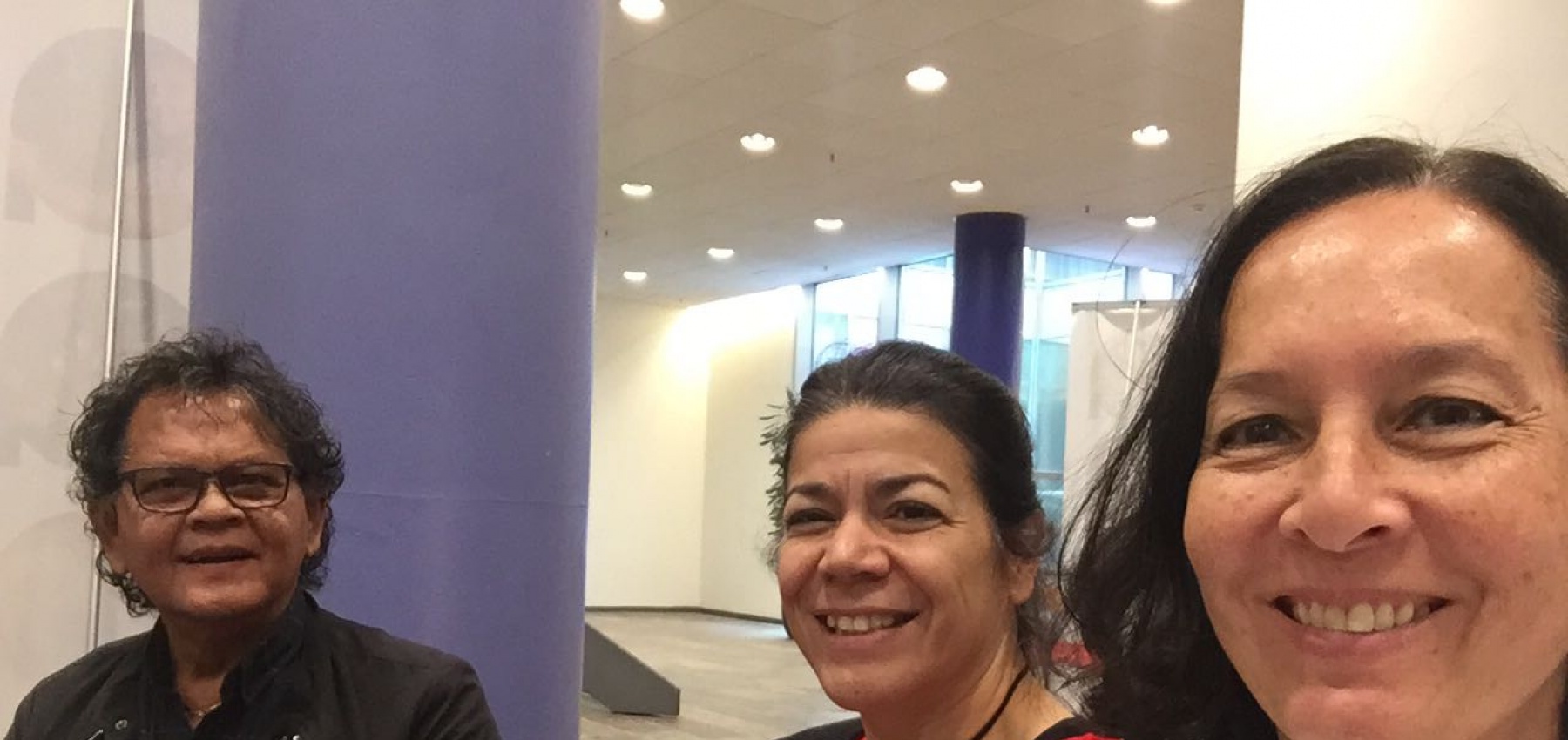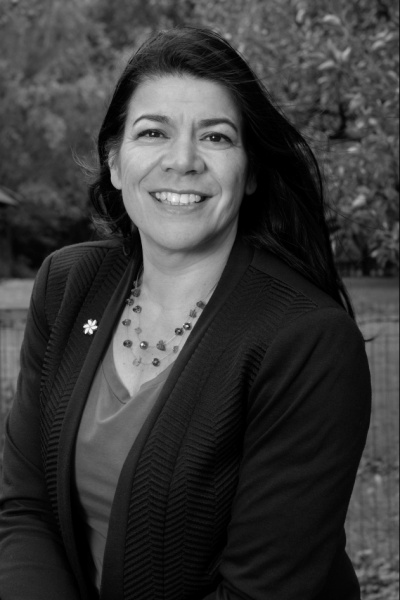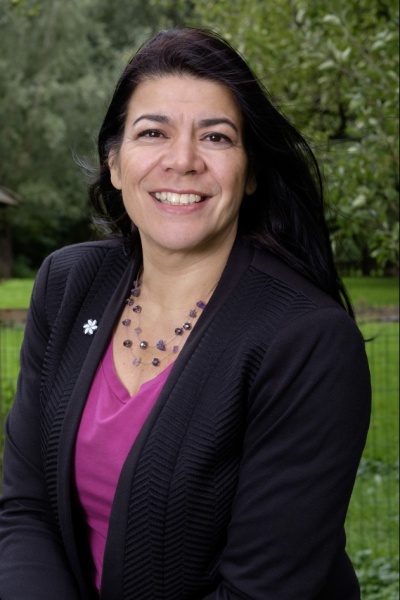In early July, a series of unusual court hearings were held. These involved women and men from South Sulawesi being interviewed about the murder of Indonesian men by Dutch soldiers in 1947. Researcher Esther Captain was present at one of these hearings.
The short walk from the main railway station to the National Archives and the National Library in The Hague is one that I often take. Just like many of my colleagues working on the research programme, I can regularly be found in amongst the archive documents and books, aiming to gain a better understanding of the violence involving Dutch, Indonesians and many other nationalities that took place in Indonesia once the Japanese occupation had come to an end. But on this occasion, I pass by the National Archives and the National Library, making my way to the court building, another five minutes’ walk away. Here, starting at the unusually early time of 8 a.m., the court is hearing the testimony of Indonesian women and men from South Sulawesi regarding the murder of Indonesian men by Dutch soldiers in 1947. Uniquely, the court is examining the witnesses via Skype. This is because the Indonesians – most of whom are well into their eighties – are too frail to undertake the long, strenuous journey to the Netherlands. Due to the big time difference, the hearing starts at 8 a.m., when in South Sulawesi it is two o’clock in the afternoon.
Looking up at large screens, I see the first witness sitting in place, with his interpreter at his side. The witnesses have made their way to a hotel that has an internet connection fast enough for the purpose. But the time difference and the technical aspects of the Skype connection are not the only challenges: ensuring that the parties can understand each other is a huge task too. The judge, Larissa Alwin, will be asking the witnesses questions in Dutch. The interpreter will then translate the judge’s questions into Indonesian for the witness’s interpreter, who will then translate them from Indonesian to Buginese. Miraculously, this all seems to go well. After having worked at 30 hearings, the Buginese interpreter, who also speaks fluent English, proves to have enough experience to be able to relay the judge’s questions to the elderly witnesses in a calm way.
A young lady studying Buginese is also present in court; the hearing gives her a rare opportunity of listening to native speakers of the language. But she is not the only one who finds it fascinating to be at the hearing – as a historian, I do too. In some ways, the judge’s approach can be compared to the reconstructions that historians attempt to undertake, even if her aim is to determine, in legal terms, what happened and to assess who should be held accountable for the murders of the Indonesian men at that time.
Chairman of the Stichting Comité Nederlandse Ereschulden Jeffry Pondaag attends every hearing. It was he who initiated the legal proceedings. Via the screen, he is able to see Yvonne Rieger-Kompas, who represents the foundation in Indonesia, in the background. Her role is to support the witnesses. As the hearings are held in public, anyone is allowed to attend. I see a journalist, and a retired expert on Indonesia. I myself am accompanied by photographer Suzanne Liem, who published a photography book on the subject of the widows of Rawagede, and Pauljac Verhoeven, head of Museum Bronbeek. During the break between proceedings, we meet an American cultural anthropologist who has attended all of the hearings, despite having no professional link to the case. “This is history in the making…,” she says.

The first witness is 80 years old, worked as a farmer and an imam, and shows the court a piece of paper on which he has written the names of the murdered men. At the time, he was a 12-year-old boy and he witnessed the murders from a distance of around 10 metres. The hearing is an intensive one and lasts for more than an hour.
The second witness, who is around 87 years old (many older Indonesians do not know exactly how old they are) and used to be a woodworker, makes a drawing of the situation on the spot: it shows a road with a house, close to the village’s guard post, a paddy field and a field in which the Indonesian men were rounded up. “By whom?” asks the judge. “By NICA,” the men reply. NICA was the Netherlands Indies Civil Administration. “Dutchmen,” the witnesses clarify when the judge poses follow-up questions. “They were white-skinned and wore green army clothing.” The first witness mentions the name Westerling. The drama unfolds before our eyes, here in the court, as the men recount how Indonesian men from the village were interrogated. One Dutch soldier had asked which of them had given food to the ‘guerrilla fighters’. The Indonesians did not reply. “Which of you is a criminal?” they were asked. “All of us,” came the reply in an attempt not to implicate anyone. At this, the soldier pointed to the men one by one and they were shot dead. An Indonesian man who did mention a name was shot dead too.
And when asked, the witnesses reconfirm what they have already said: those responsible were Dutch NICA soldiers staying in the city of Rappang. For those of us present in the courtroom, it is clear that the two witnesses are still able to recall this event of 1947 very clearly, even though it happened more than 70 years ago. And even though these are historical events that are recorded in various sources and books, it is depressing to hear the tale first-hand from men who are now well advanced in years but on whose memories this incident is indelibly stamped. After the hearing on this early morning in July, I will return to the National Archives, where the paper witnesses are waiting for me. On the screen, I see the Buginese interpreter lighting up a kretek cigarette.



